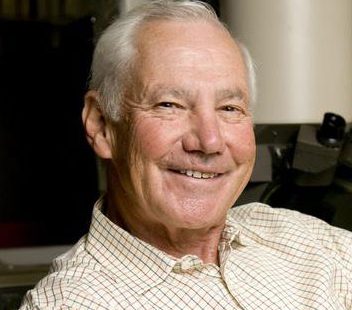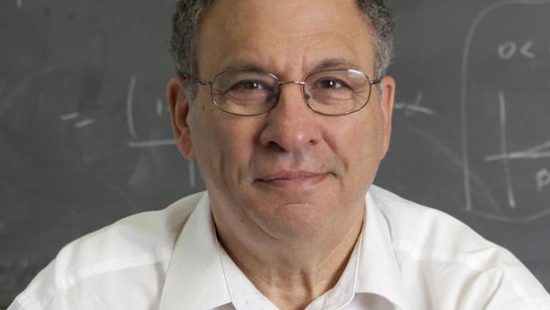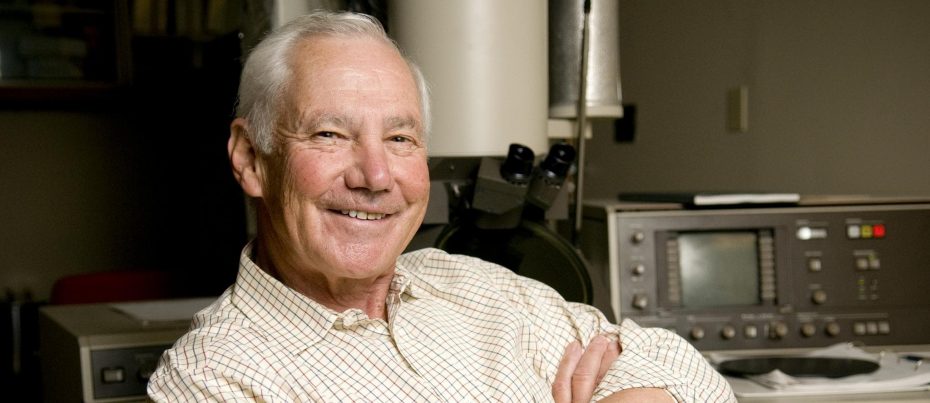In the 1940s, when Howard Lloyd Bachrach was studying foot-and-mouth disease (FMD), a crippling virus that affected livestock, he likely didn’t know that it would one day lead to a polio vaccine. But similarities between the two gradually made themselves clear.
Earning a Ph.D. from the University of Minnesota in 1949, Bachrach was appointed by the Department of Agriculture to study FMD in Europe. In 1981, he and his team at Plum Island Animal Disease Research Center successfully produced the first genetically engineered vaccine for one strain of the disease. FMD is caused by a picornavirus, the same type of virus that lit the polio epidemic that ravaged the world in the early 20th century.
In 1954, before discovering the FMD vaccine, Bachrach left a lasting mark on the fight against polio. Working with Carlton Schwerdt, the two were able to isolate and “purify” 10% of the polio virus, cutting out the peripheral junk that prevented scientists from studying the disease. Researchers previously had only been successful in purifying 1% of the virus, and the additional clarity led to several more advancements, culminating in 1952 with Jonas Salk’s vaccine.
By Lauren Clason







